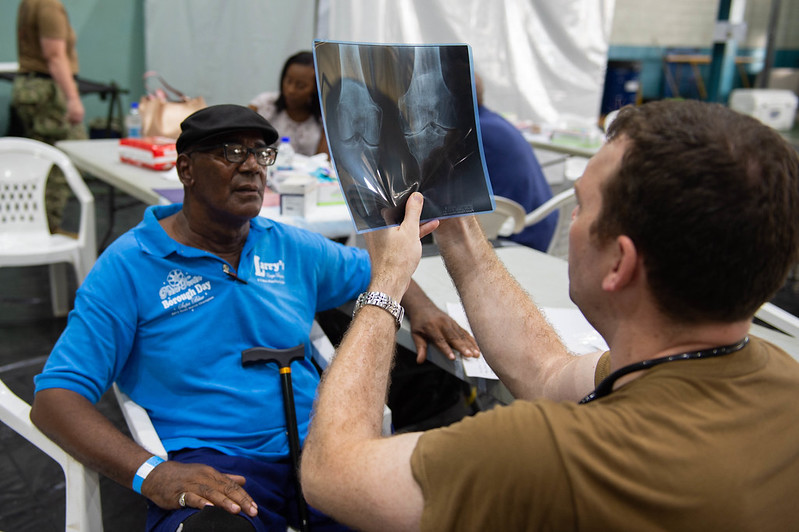Healthcare in Trinidad and Tobago
 Citizens of Trinidad and Tobago, an island nation in the southeastern West Indies, have universal access to insurance through a national health insurance system as well as a low-cost network of hospitals and public clinics. However, healthcare in Trinidad and Tobago still faces some challenges.
Citizens of Trinidad and Tobago, an island nation in the southeastern West Indies, have universal access to insurance through a national health insurance system as well as a low-cost network of hospitals and public clinics. However, healthcare in Trinidad and Tobago still faces some challenges.
Healthcare Successes
Trinidad and Tobago is a high-income developing nation. Its well-developed infrastructure limits the prevalence of infectious illness and facilitates effective medical care. According to the Trinidad and Tobago Ministry of Health, more than 60% of deaths in Trinidad and Tobago are due to chronic illnesses, including cardiovascular illnesses, diabetes, cancer and cerebrovascular disease.
More than 95% of people in Trinidad and Tobago have access to improved water, although more than half of the population uses water from their own storage tanks rather than piped water. Healthcare in Trinidad and Tobago includes widespread vaccination access that has reduced the prevalence of vaccine-preventable illnesses such as measles. Both vaccination and clean water help people avoid infectious and waterborne illness.
More than 90% of the population has access to electricity, which supports population health by powering medical devices. Refrigerators, which are available to more than 80% of the population, help by refrigerating medications.
However, progress remains to be made in mitigating the common causes of death for each age group, including infants, children, teenagers, adults and elders.
Children’s Health
The most common causes of death and illness for children under 5 years old are infectious illness and acute respiratory disorders. Efforts to reduce the incidence of these illnesses through vaccination programs and other efforts have led to a decline in infant mortality, from 40 per 1,000 births in 1980 to 18.3 per 1000 births in 2018, though there is still room for improvement.
As children in Trinidad and Tobago get older, their risk for diabetes and obesity goes up, endangering their long term wellbeing. To help address that risk, the education ministry of Trinidad and Tobago introduced diabetes awareness education, promoting exercise, healthy nutrition and knowledge of the risks of diabetes. Research has found that the Trinidad and Tobago healthy schools initiative decreased consumption of soda and fried foods but does not seem to have affected rates of exercise. This shows both improvement in healthcare in Trinidad and Tobago and room for growth in pediatric obesity and diabetes mitigation.
Adult Health
Injuries are the leading cause of death for people from 18 to 40 years old due to workplace injuries, domestic violence, road accidents and accidents at home. According to a hospital surveillance study, men in Trinidad and Tobago are more likely to be injured than women. A more comprehensive study of the causes of workplace injuries and road accidents, as well as improved infrastructure for safeguarding survivors of domestic violence, may help lessen the impact of injuries in Trinidad and Tobago.
As people in Trinidad and Tobago get older, their risk of chronic illnesses, including heart disease, high blood pressure and cancer, rises. The combination of an aging population and the increased prevalence of chronic illness in the elderly population makes maintaining and growing healthcare capacity essential in Trinidad and Tobago. Healthcare in Trinidad and Tobago faces a paradox, with both too few specialist doctors and also an oversupply of medical interns, indicating a need for more specialist medical training opportunities to keep up with the chronic illness treatment needs of an aging population.
Trinidad and Tobago succeeds in providing effective medical care for infectious illnesses due to its universal health care system and quality infrastructure. However, there is still room for growth in the prevention and management of chronic illnesses, which affect people of all ages in Trinidad and Tobago.
– Tamara Kamis
Photo: Flickr
